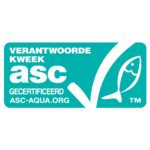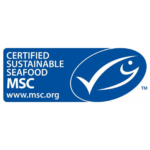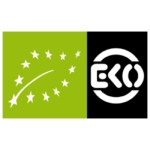Eel, European
Europe (FAO 5)
All catch methods
- Jan
- Feb
- Mar
- Apr
- May
- Jun
- Jul
- Aug
- Sep
- Oct
- Nov
- Dec
European eel is on the IUCNIUCN:
International Union for the Conservation of Nature, an international institute for nature and natural resources. It is a partnership with both non-governmental organizations and governments. list of critically endangered species. Since 1980, eel catches have decreased by 75% and glass eel intakes by 99%. The exact cause of this rapid decline is unknown, but water pollution, blockage of waterways and fishing are suspected to be factors.
European eels are mainly caught using fykesfykes:
A fishing technique where fish are attracted into a fyke. Fykes are pots or traps made of, for example, wire mesh.. The impact of this fishing method on the ecosystem is still unclear. However, it is likely to be harmful to species attracted to the captured eel, such as otters and birds. This fishing method is expected to have minimal impact on habitats.
A European regulation in 2007 requires every member state to take drastic measures to restore eel stocks in Europe. Against scientific advice, this plan still allows fishing of juvenile eels (glass eels) and adult eels. Illegal fishing is also still encouraged by high eel prices. ManagementManagement:
The regulations surrounding fisheries and aquaculture that ensure that production is carried out within legal frameworks and that sustainability can be assured. of this species is ineffective.
Want to know more about the European eel? Read here about two projects Good Fish has completed: Toekomst voor paling (Dutch only) and Power to the eel.




